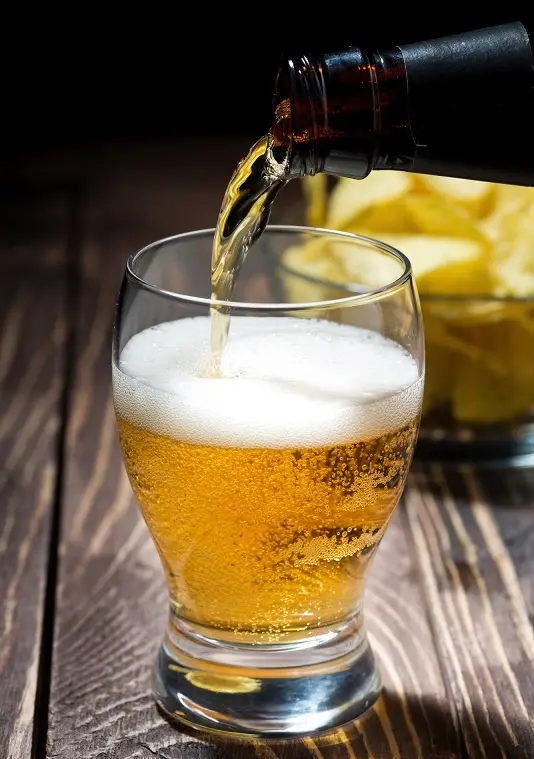Light-bodied, strongly carbonated, without pronounced taste. Served cold, very refreshing in the heat. There are almost no malt or hop notes in the bouquet, light floral and herbal nuances are allowed. The best definition of aroma is sweetish, grainy. Fermentation is pure lager, a yeasty tinge may appear. A small amount of dimethyl sulfide is allowed.
Color – light straw, almost transparent. Sometimes darker, to a desaturated yellow. A foam cap is available but not required. The taste is neutral, with a sweetish grain (most often corn) flavor. Occasionally it is slightly bitter. Due to the high carbonation, it tingles the tongue a little.
Considered a universal beer style in the USA, it does not have pronounced features. Easily confused with a pilsner.
After the 1850s, German immigrants who flooded America stuck to traditional brewing styles, producing pilsner-type lagers. However, Prohibition at the beginning of the XNUMXth century and World War II significantly changed the taste of consumers: almost tasteless beer without “character” came into fashion. Advertising also contributes to the popularization of this style, since it is profitable for modern manufacturers to produce almost identical, interchangeable products.
The production uses two- or six-row barley and up to 40% of other grains (corn and rice).
American lager is stronger, thicker and more pronounced than American light lager, but much more neutral than European pilsner and international pale lager.

Strength: 4.2-5.2%.
Density: initial 1.040-1.050, final 1.004-1.010.
Bitterness Index: 8-18 IBU.
Color: 2-4 SRM.









